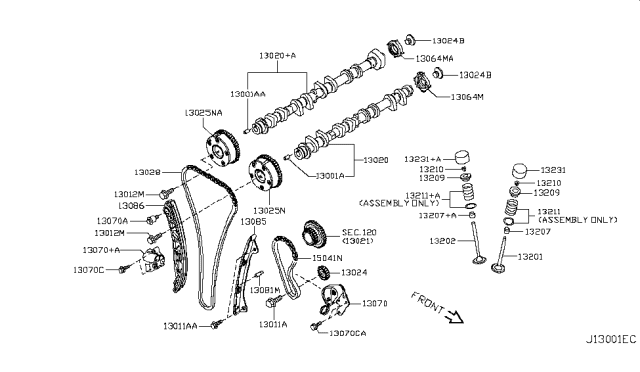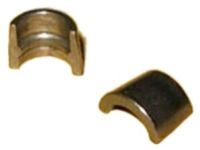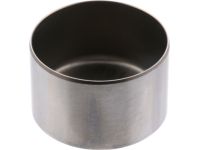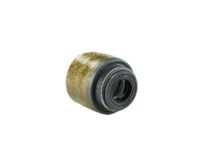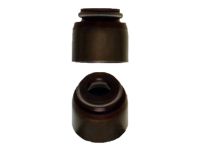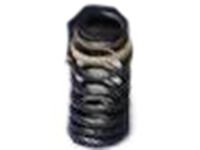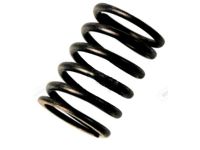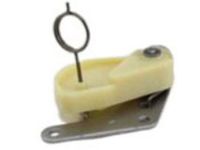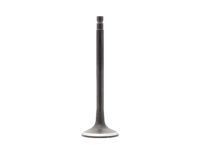Begin by scraping away all traces of old gasket material from the cylinder head, followed by removing carbon from the combustion chambers and ports, and washing the cylinder head thoroughly with paraffin or a suitable solvent. Next, scrape off any heavy carbon deposits from the valves and use a power-operated wire brush to clean the valve heads and stems. Carefully inspect the cylinder head for cracks, coolant leakage, and other damage; if significant defects are found, a new cylinder head should be obtained. Check for distortion of the cylinder head gasket surface using a straight-edge and feeler blade, and if distortion exceeds specified limits, consult an engine reconditioning specialist regarding machining options. Examine the valve seats in each combustion chamber; severely damaged seats will need renewal or recutting, while slightly pitted seats can be ground-in with fine valve-grinding compound. Assess valve guides for wear by inserting the relevant valve and checking for excessive side-to-side motion; if movement is excessive, measure the valve stem diameter and renew the valve if worn, or renew the valve guide if the stem is not worn. If valve guides are renewed, recut or reground the valve seats afterward. Inspect each valve head for pitting, burning, cracks, and wear, and check the valve stem for scoring and wear ridges; renew any valve showing signs of damage. Measure the valve stem diameter at several points using a micrometer; significant differences indicate wear, necessitating renewal of the valve(s). If valves are satisfactory, grind them into their respective seats for a smooth, gas-tight seal, using fine grinding compound unless the seat is badly burned or deeply pitted, in which case a specialist should inspect the components. Perform valve grinding with the head supported upside-down, applying valve-grinding compound to the seat face and using a suction grinding tool on the valve head, lifting the valve occasionally to redistribute the compound. If coarse grinding compound is used, work until a dull, even surface is achieved, then switch to fine compound until a smooth finish is produced. After grinding, wash off all traces of compound with paraffin or a suitable solvent before reassembling the cylinder head. Examine valve springs for damage and discoloration, noting that checking their condition accurately requires special equipment; however, a rough assessment can be made by comparing the free length of the springs with a new one. Stand each spring on a flat surface and position a square alongside it. If any springs are damaged, distorted, or have lost tension, obtain a complete new set, as it is standard practice to renew valve springs during major overhauls. Additionally, renew the valve stem oil seals regardless of their apparent condition.
Posted by NissanPartsDeal Specialist 


